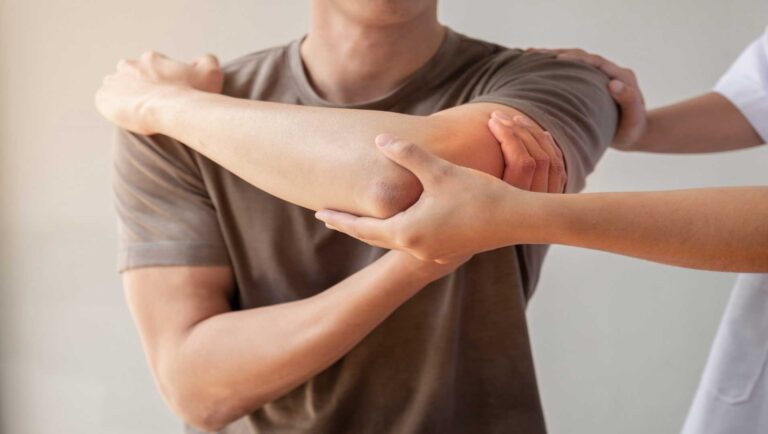A major accident seems to have unending consequences. You have to be concerned about injuries to your organs and neurological system, which might be fatal, but you also have to be concerned about losing a lot of your independence quickly if your arm and leg are hurt. Even though arm and leg injuries are rarely fatal or permanent, they can have major consequences for patients. Even a dislocated joint might prevent lifting and prevent parents from caring for their children. A broken arm or leg could prevent a working adult from earning money for months.
Injuries to the arms and legs can frequently be split into many major categories. This is a list of some of the most typical accidents-related injuries.

1. Musculoskeletal Injuries :
- Hairline fracture:- Hairline fractures are the result of a bone’s partial fracture and are occasionally challenging to find with standard X-rays. CT or MRI scans might make it easier to find them.
- Tracheovascular fracture:- A bone that has fractured at the edge of a joint is said to have an intraarticular fracture.
- Peripheral fracture:- A longitudinal fracture occurs when a bone is broken down the entire length of the bone.
- Flaws that are oblique:- An oblique fracture is characterized by a break in the bone that is diagonal to the long axis of the bone.
- Bone fracture:- Spiral fractures are recognized as fractured and twisted bones.
- Asphalt fracture:- Muscles or ligaments pushing on the bones and separating them cause avulsion fractures.
- Computerized fracture:- Comminuted fractures are defined as breaks in the bone that resulted in the fragmentation of the bone into multiple pieces.
- Fracture due to compression:- Compression fractures occur when a bone collapses as a result of recent trauma or damage that occurs on top of a
2. Tendinitis :
A tendon, which is a flexible band of fibrous tissue that connects muscles to bones, becomes inflamed when it develops tendinitis. The shoulder, elbow, wrist, hip, knee, or ankle are frequently affected. Although a sudden injury might result in tendinitis, it typically happens as a result of repeatedly doing the same motion. Tendinitis is more common in those who work as carpenters, gardeners, musicians, and some sports players, such as tennis and golf. As you become older, your tendon’s flexibility decreases, increasing your likelihood of developing tendinitis.
3. Bursitis :
Inflammation of the bursae, which are tiny, fluid-filled sacs that serve as a cushion between a bone and moving elements like muscles, tendons, or skin, is known as bursitis. A fall or other one-time incident like this can result in bursitis. It can also happen after repeatedly doing the same action, such as throwing a ball, or after applying pressure for a lengthy time, such as while bending over or leaning on one’s elbows while kneeling on a hard surface. Typically, the shoulders, elbows, hips, or knees are affected.

4. Numeral damage :
The nerves that manage the arms and legs are many. An accident-related injury may prevent a person from using that body part. Nerve injury frequently results in numbness, weakness, tingling, pain, or burning in the area that is afflicted. People may be unable to grip objects, walk steadily, stand up straight, or raise their arm above their head depending on the amount of the injury and the nerves that were injured. Sometimes nerve injury is irreversible and permanent. Treatment alternatives are not always successful and sometimes take months or years to fully restore the function of the limb.
5. A trap for the ulnar nerve :
The ulnar nerve resides in the ulna of the forearm. Accidental pinching of this nerve prevents the fingers from communicating with each other to carry out delicate motor motions. Doctors must undertake surgery to release the strain on the nerve and allow the full function to return.
Looking for help with your arm and leg injury case? Consult our experts at Specialty Care Clinics if you are having any type of arm or leg injury. To learn more about the treatment contact us today at (469) 545-9983.
